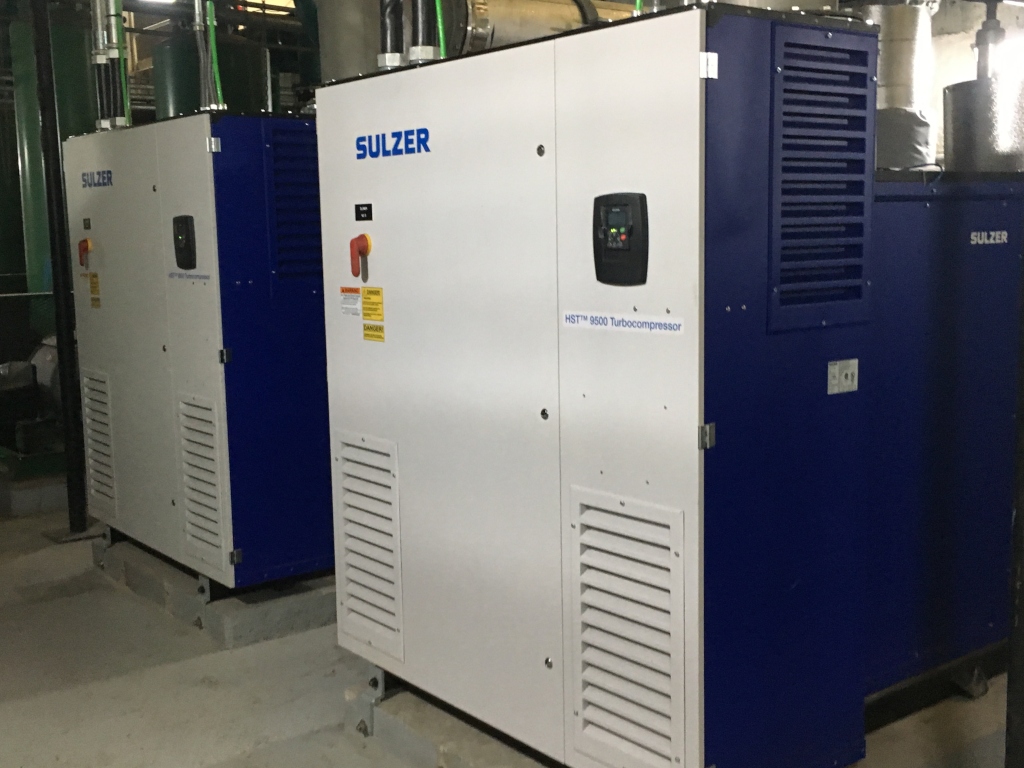In Indiana, municipal governments usually must follow specific procurement procedures for acquiring and installing new technologies. However, pursuant to the provisions of Indiana Code, Chapter 36-1-12.5 Guaranteed Savings Contracts process, governments can skip some of the procurement steps if the technology upgrade is guaranteed by a state certified energy savings contractor to pay for itself in 20 years or less.
Michigan City was able to use this savings guarantee to secure their preferred technology through Energy Systems Group (ESG), a contractor, rather than through the typical design, bid, and build process. ESG first completed a full investment-grade energy audit report for the Sanitary District in October 2016. Five strategies were recommended in the report: wastewater blower retrofit, LED lighting, motor control center replacement, chemical feed update, and an electrical capacitor upgrade. Michigan City decided to pursue two of the updates as a first step: blowers and lighting. Blowers are considered to be the lowest-hanging fruit because they are the most energy intensive equipment in the treatment process and new models are much more energy efficient than older equipment, and lighting is a relatively quick and easy upgrade. Working through ESG, a sub-contractor installed a much more efficient blower system. The team chose high efficiency Sulzer brand blowers.



